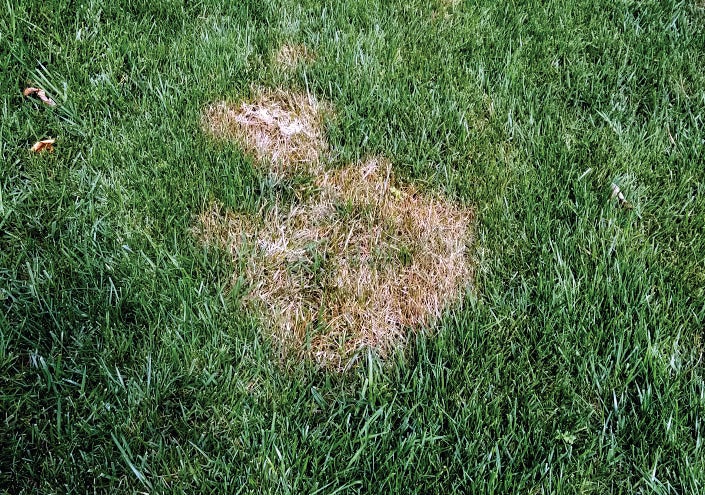Darrell Blackwelder column: What to do about brown patch in fescue
Published 12:00 am Saturday, June 11, 2022

- Brown patch in fescue
The cool weather and abundant rains during spring weather provides perfect growing conditions for fescue. Unfortunately, as the temperature climbs in early summer, so does turf disease. Brown patch is a common turf disease caused by a soil borne fungus Rhizoctonia solani. Early symptoms are small circular brown patches of turf a foot in diameter. Small patches often melt together and may engulf entire areas of a lawn. Turf fertilized with high rates of nitrogen late spring or early summer that develops lush fescue is very susceptible to this fungal disease.
Turf and ornamental fungicides are necessary to control the fungus and should be applied on a regular basis during the summer months. There are some user-friendly granular fungicides available that may help, however, in some instances if you’re not confident in applying fungicides, it may be more effective to hire licensed landscape contractors apply these materials. It’s important to apply these treatments as soon as possible before the foliar disease occurs if your lawns have a history of this disease.
According to N. C. State University plant pathologists, the most important step of controlling brown patch is infrequent irrigation and regular mowing when the grass is dry. Avoid irrigation in the late evening or at night. Early morning irrigation is the best time to prevent the spread of brown patch. Lawns with a history of brown patch disease will most likely experience annual reoccurrences. Fortunately, well-established lawns return to normalcy during cooler fall temperatures. Go to https://www.turffiles.ncsu.
Darrell Blackwelder is the retired horticulture agent and director with the North Carolina Cooperative Extension Service in Rowan County. Contact him at deblackw@ncsu.edu.


